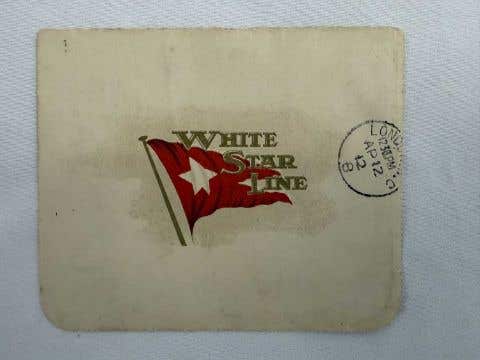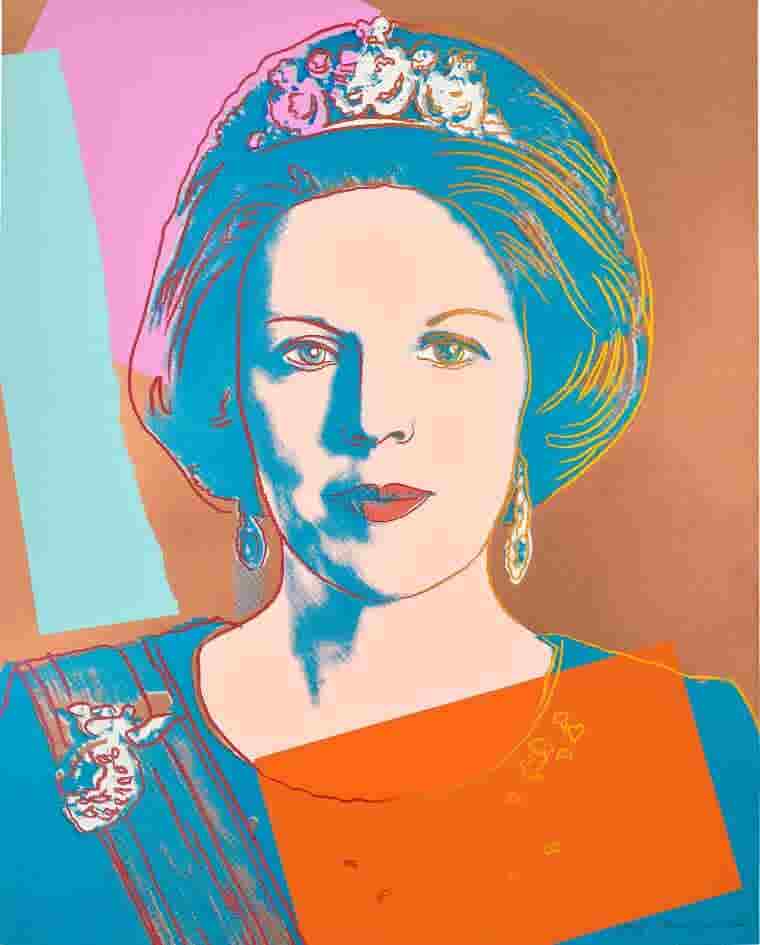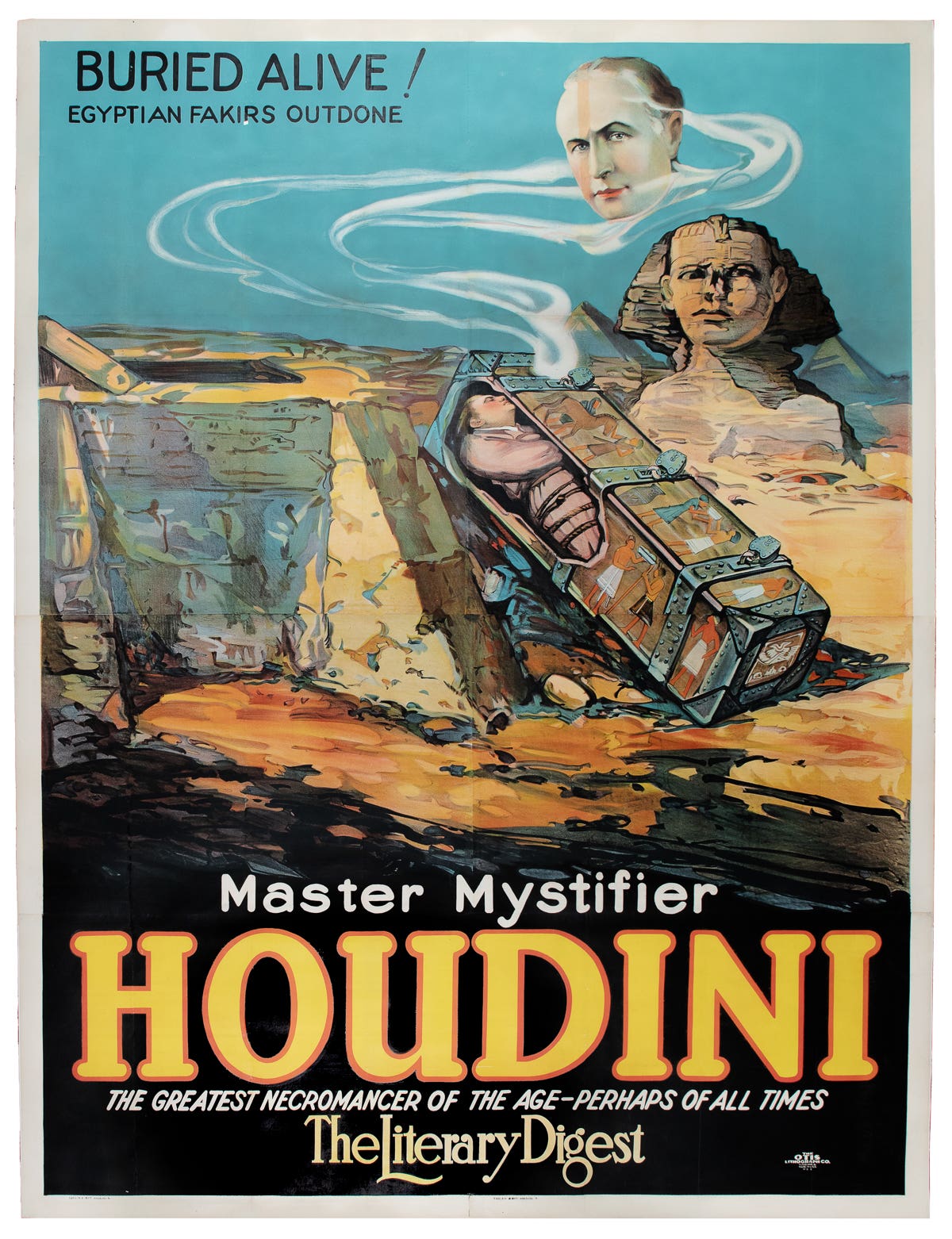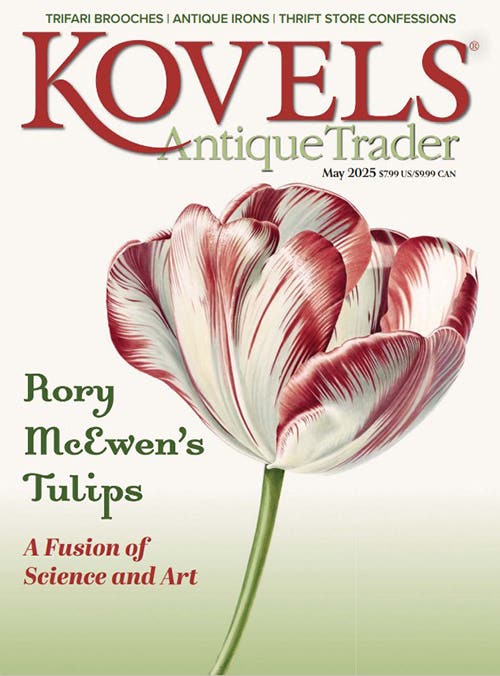Rockwell’s Thanksgiving Classic Realizes $4.3M
Long unrecognized as an original, Norman Rockwell’s painting “Home for Thanksgiving” sells for $4.3 million, helping to save an American Legion Post in Massachusetts.
WINCHENDON, MASS. — For years, the painting hung in the hallway of a Massachusetts American Legion Post — alone, unattended, and unrecognized for its hidden-in-plain-sight promise on a wall near the front door.
For years, no one cared too much about the fate of the painting at the Eugene M. Connor Post 193 of Winchendon, Massachusetts, thinking it was nothing more than a reproduction of Norman Rockwell’s Home for Thanksgiving, which first appeared on the cover of the November 24, 1945, issue of The Saturday Evening Post. Ken LaBrack, a past commander of Post 193, says it wasn’t until someone walked in and offered $500 for the work that the post’s officers began reconsidering their position: Maybe this was far more than just a beautiful fake.
On Friday, November 5, the Rockwell original that greeted visitors to Post 193 for years, sold for $4.3 million at Heritage Auctions. Here’s the story behind the discovered wonder.
One day in the early 1970s, the painting was pulled from the wall and driven to the Norman Rockwell Museum in Stockbridge, which is a two-hour car ride from the post. Officials at the museum examined the work and delivered their verdict: The painting was an original. Post officials, staggered by the revelation, loaned the painting to the museum for safekeeping, and for nearly five decades this enduring image of a mother and her solider son happily peeling potatoes for Thanksgiving dinner remained in the care of the Rockwell Museum.
The museum displayed the work and occasionally toured it across America and around the world, most recently as part of the Enduring Ideals: Rockwell, Roosevelt & the Four Freedoms exhibition.
The post was compelled to sell the painting for practical reasons: It needs the proceeds to fund long-delayed repairs on an aging, building, repairs LaBrack said were “being put off because we didn’t have the money.” The remaining proceeds will go into a trust, from which the interest and earnings will pay bills, operating costs and further repairs.
How the post wound up with the painting, also known as Thanksgiving: Mother and Son Peeling Potatoes, is a Rockwellian short story on its own. LaBrack says that several decades ago, the post began looking at building a new headquarters and seeking donations for its construction. A priest named Father Wilfred A. Tisdale caught wind of its efforts and offered by way of donation one of the paintings he kept in his private collection.
Tisdale was well known around the area: In 1942 he constructed on the shores of Lake Monomonac a rock-and-concrete structure resembling the bow of a boat called the Santa Maria. The structure served as Tisdale’s vacation retreat, according to the Winchendon Springs Lake Association, where he displayed “his collection of rare works of art of genuine museum quality” gathered on trips around the world.
LaBrack, a Navy veteran, says Tisdale brought a Legion representative to his retreat, and offered any of his paintings to help fund the new building.
“There were 10 paintings leaning on the floor, not even hung up,” LaBrack says.
“The Legion member walked up and down and said, ‘How about that one for the post, because it has the Army guy with his mother peeling potatoes?’ And Father Tisdale said OK. He also said, ‘Hang on to this for as long as you can.’”
Tisdale surely knew what he had: one of Rockwell’s legendary homecoming pieces painted as war began transitioning to peacetime.
Rockwell illustrated 323 covers of The Saturday Evening Post. “Rockwell’s initial intention for the Thanksgiving cover of 1945 consisted of a large group of prayerful people giving thanks,” explains the Norman Rockwell Museum website. “With the end of war already in sight, art editor Ken Stuart advised Rockwell to work on a picture of a returned soldier. The gist of Rockwell’s picture is that the soldier is glad to do at home what he hated doing in the Army.”
The mother and son in the painting were, in fact, mother and son: Sarah Hagelberg and her boy Richard, owner of a dairy farm in Arlington, Vermont, and Rockwell’s milkman. Richard had spent the previous five years in the 9th Army Air Corps; according to the blog Only in the Republic of Amherst, he flew “65 treacherous daylight bombing missions over Europe, including D-Day.”








